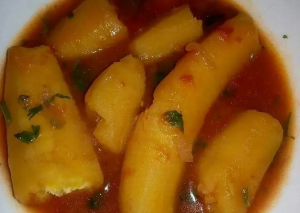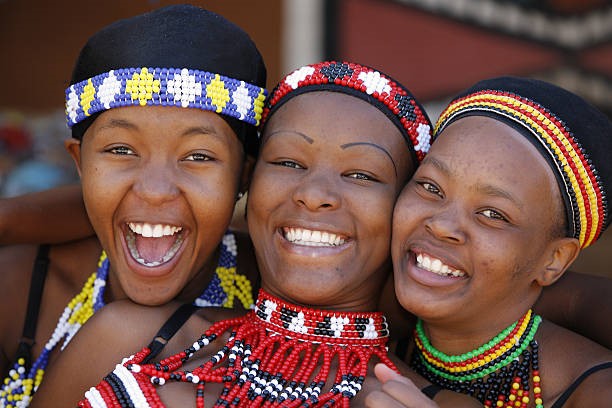Foods prepared in Rwanda are made from locally grown ingredients. Rwandese traditional breakfast can entail porridge and sweet potatoes, while lunch and dinner are normally heavy and may comprise dishes like isombe, ugali, or Matoke, among many other recipes. Plantains prepare Matoke.

Plantains were introduced by Southeast Asians to the African continent back in the 1st to 6 centuries AD through their contact during trading. Bananas are peeled with a knife and wrapped in banana leaves. They are then set in a cooking pot and steamed for some hours. Water can be added severally to the bottom of the “sufuria” (cooking pot in Swahili and “Isafuriya” in Kinyarwanda) to prevent the cooking pot from burning. They
can be served with one’s desired stew-like meat or any other stew.
Cassava leaves (Isombe) are pounded cassava leaves. Isombe is prepared by first bringing an individual’s preferred meat to boil in “Isafutiya.” Cassava leaves are then added and boiled in an “igikoni” till they are tender. Igikoni is a stove designed to cook with charcoal or firewood. Then, green onions, bell peppers, chopped spinach, and eggplant are added to the mixture, simmered for about ten minutes, and covered. Peanut and oil are added and stirred to get a smooth paste, and uncover it to simmer for ten more minutes till the paste thickens. Excess liquid is drained. Eventually, one can add salt and pepper to taste and serve with rice and bread. Ugali from Uganda not only can be prepared using maize flour like other African countries like in the East African countries but is also prepared using cassava and sorghum. Water is heated to a boil, and the flour is stirred under low heat until the mixture becomes thick and a little bit hard. The ugali will be ready to serve and can serve with one’s desired vegetables, meat, or stew.




